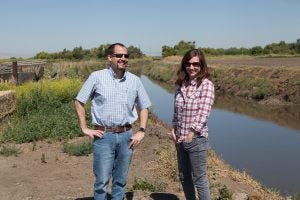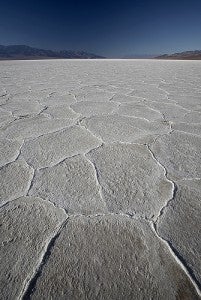
The Swainson’s hawk is one of the at-risk species that AB 2087 benefits.
Prudent investors know to keep a few key things in mind. They anticipate the timing of spending priorities, like retirement, and evaluate investment risk accordingly. They might spread resources across funds to meet different objectives. And of course, they look to maximize their return on investment.
Why shouldn’t these same principles apply to investments in our natural resources?
Thanks to a new bill signed into law by Governor Jerry Brown, these principles will now apply to regional conservation investment strategies for wildlife and other resource management activities in California.
AB 2087: A new approach to conservation planning and mitigation
Assembly Bill (AB) 2087 (Levine), will establish voluntary, non-regulatory strategies to help conservationists, local agencies and the state apply core investment principles when planning conservation or mitigation projects.
This legislation comes at a critical time. Expanding development in California has supported a growth in food production, flood protection, transportation and housing, but it has also resulted in various impacts on the environment. The loss and fragmentation of wildlife habitat, in particular, has created a need for the state to restore and maintain at least 600,000 acres for multiple at-risk species in the coming decades. Read More »















